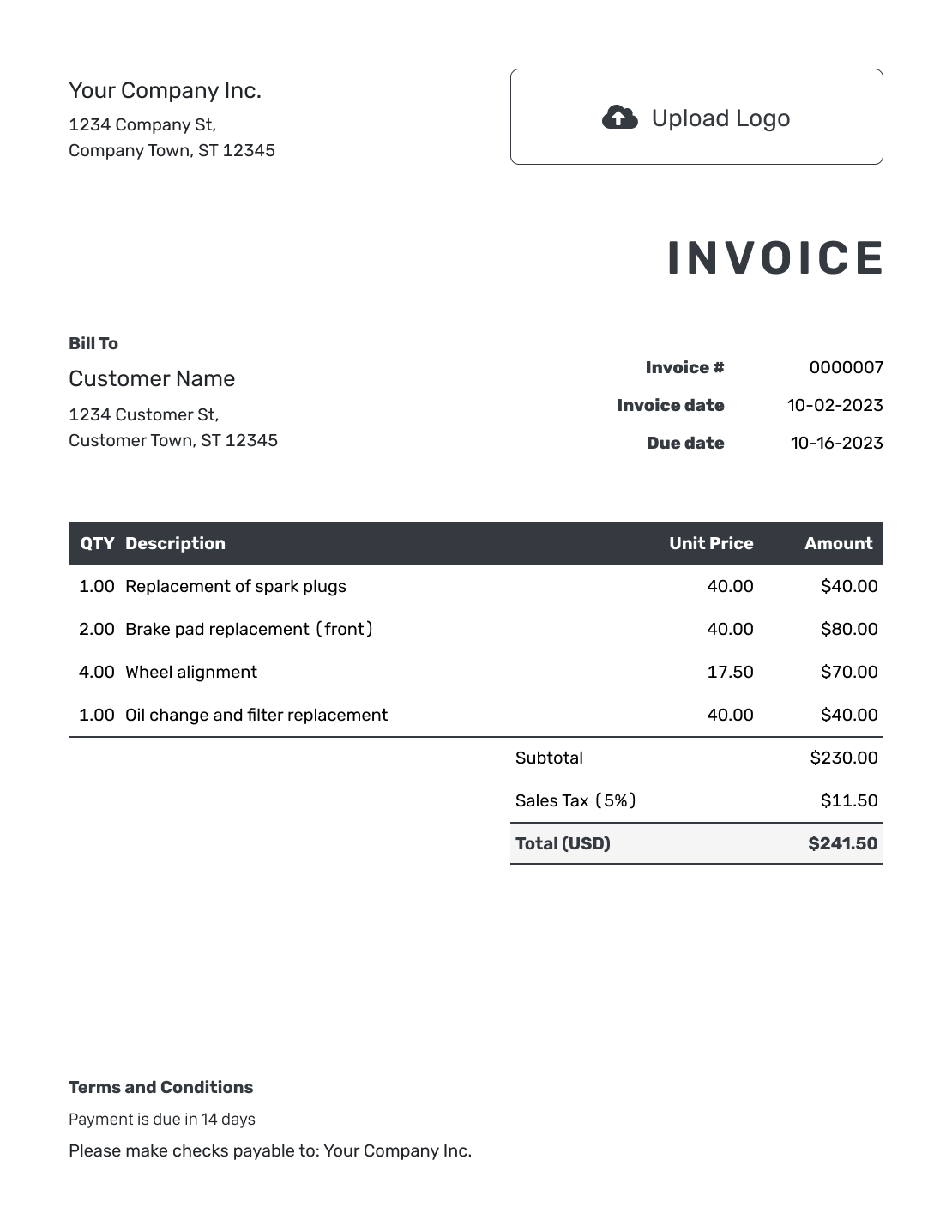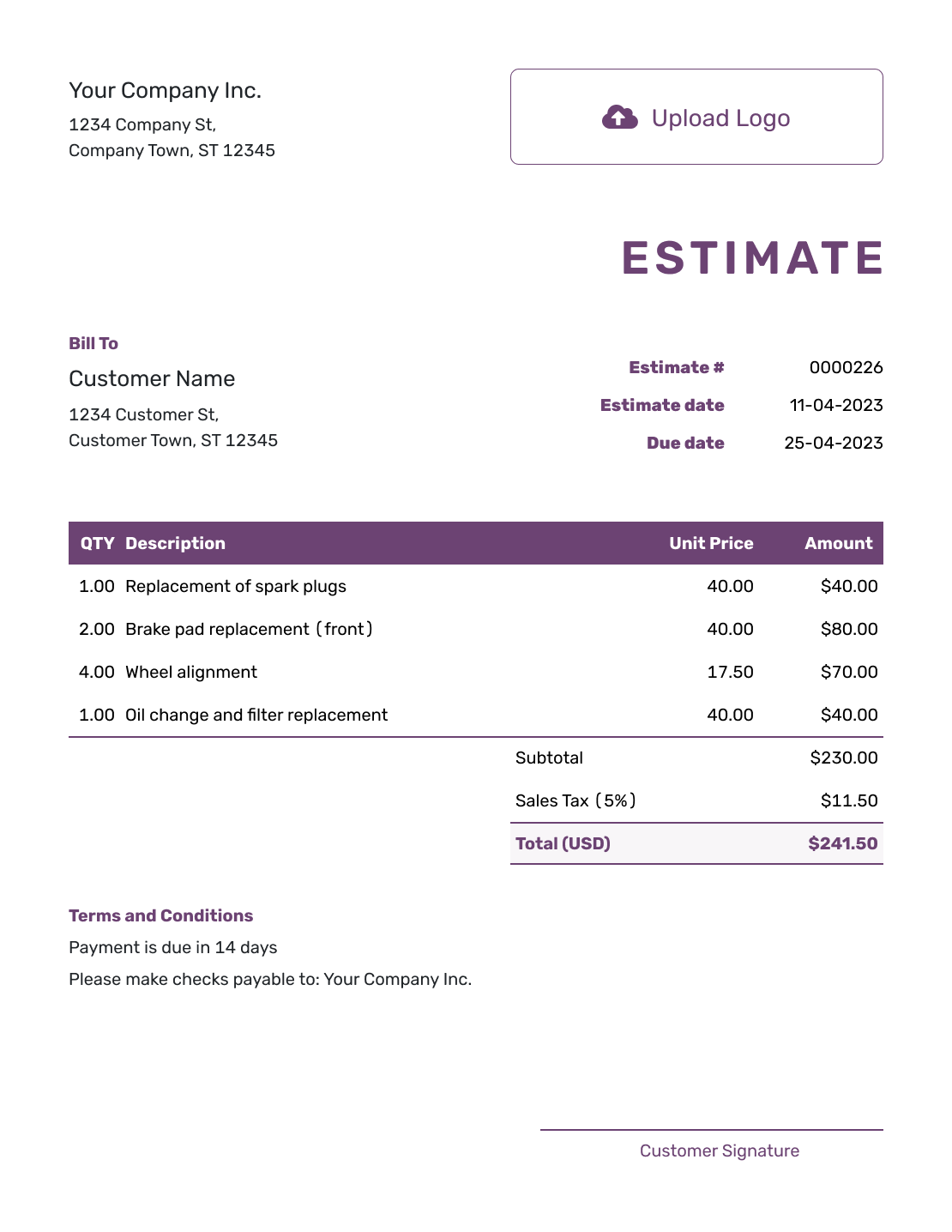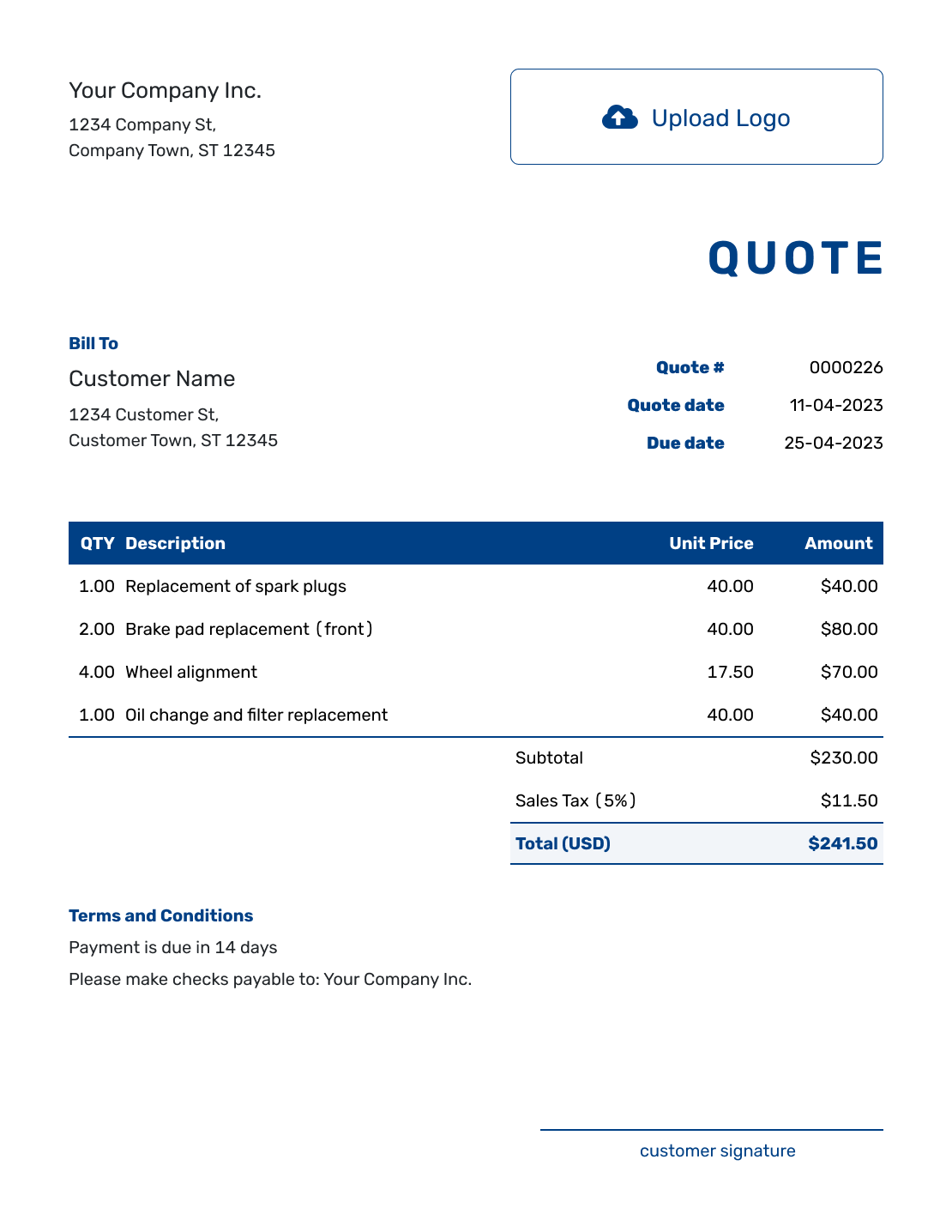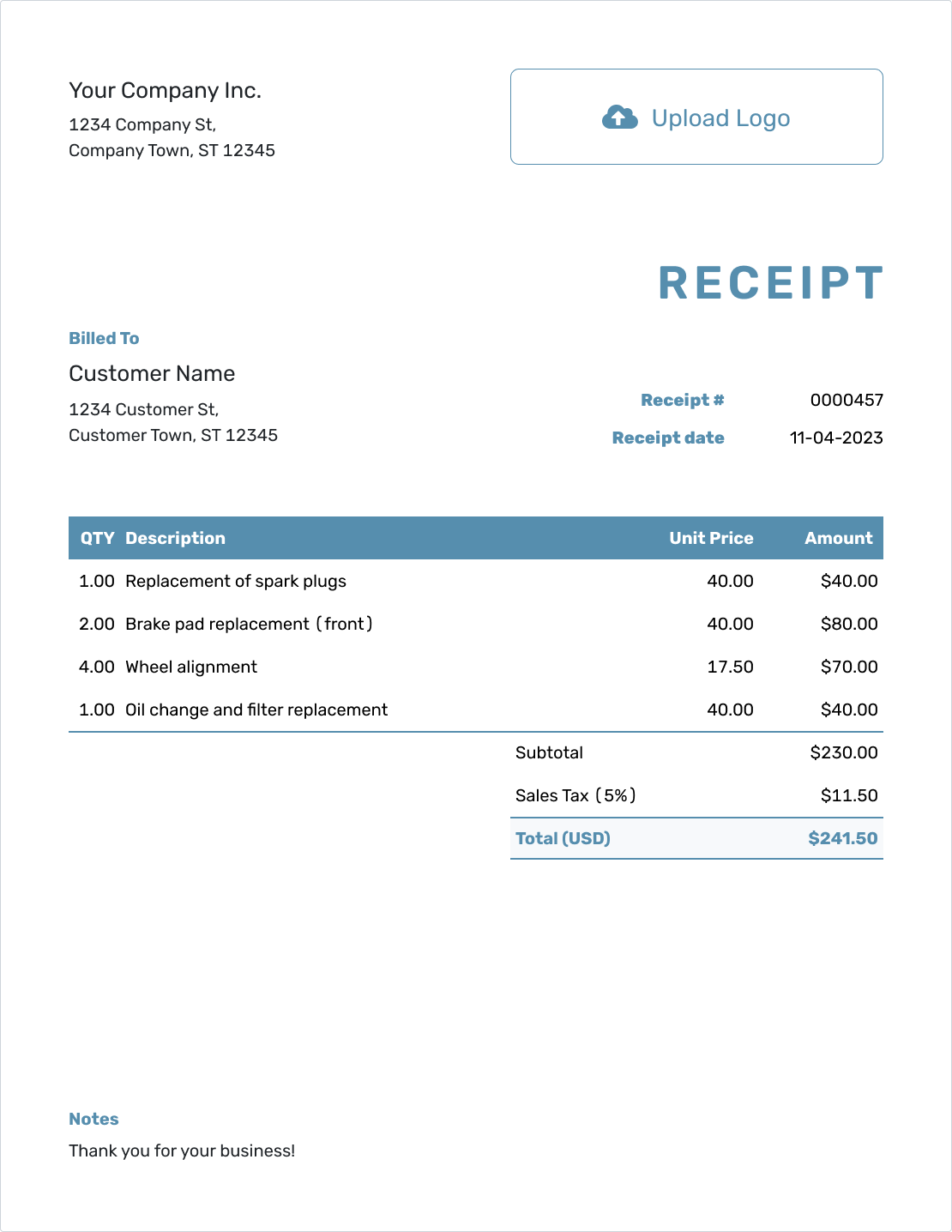Est. reading time: 5 min
Markup is the amount added to the cost price of goods to cover overhead and profit. It is expressed as a percentage over the cost, forming the basis for the selling price.
Also try:
Table of Contents
- Word Definitions
- What is Markup?
- How to Calculate Markup
- Examples
- Frequently Asked Questions
- Further Reading
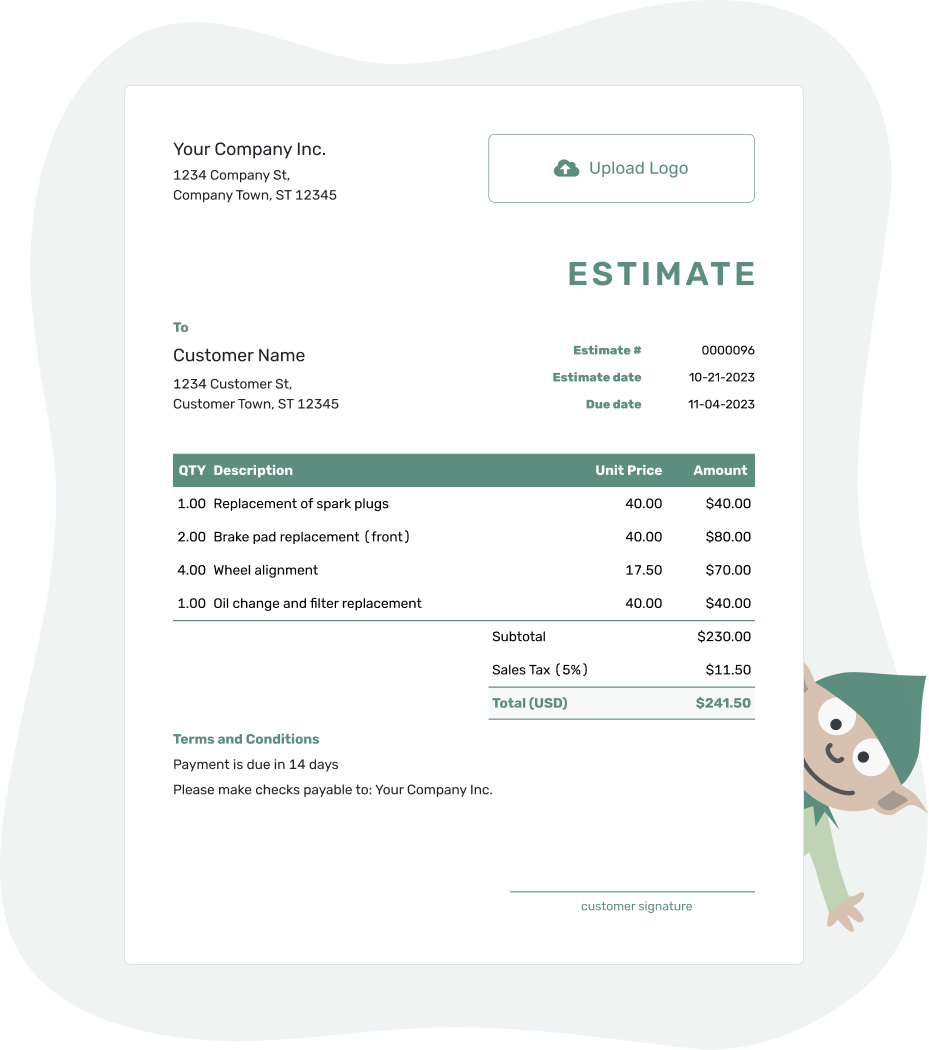
- PDF, Email or Print
- Convert to Invoice
- See when your estimate has been opened
- Get notified when your estimate is accepted
Word Definitions
-
Cost Price:
The price at which goods were purchased or manufactured. -
Selling Price:
The final price at which goods are sold to consumers. -
Markup:
The percentage added to the cost price to determine the selling price.
What is Markup?
Markup is a calculation commonly used in retail and other industries to set the selling price of goods. It takes into account the cost of producing or buying the goods and adds a percentage to ensure that all costs are covered and a profit is made. It's a straightforward approach to pricing.
How to Calculate Markup
To calculate the markup, you add a set percentage to the cost price of the item. This percentage represents the profit and overhead costs. The formula for calculating the selling price using markup is:
| Selling Price = | Cost Price × (1 + Markup Percentage) |
Examples of Markup Calculation
Here are two examples to help you understand how to calculate markup:
Example 1: Markup on Clothing
Suppose a retailer buys a shirt for $20 and wants to add a 50% markup. The selling price would be calculated as follows:
| Selling Price = | $20 × (1 + 50%) |
This results in a selling price of $30.
Example 2: Markup on Electronics
If a store purchases a laptop for $500 and sets a markup of 20%, the selling price would be:
| Selling Price = | $500 × (1 + 20%) |
This gives a selling price of $600.
Frequently Asked Questions
-
What is markup?
Markup is the extra percentage added to the cost price of goods. This addition covers the costs of doing business and generates profit. It is crucial for businesses to sustain operations and grow.
-
How do you calculate markup?
Markup is calculated by multiplying the cost price by 1 plus the desired markup percentage. This formula gives the selling price, which includes the original cost plus the added markup.
Selling Price = Cost Price × (1 + Markup Percentage) -
What is the difference between markup and margin?
Markup is the percentage added to the cost to determine the selling price. Margin, on the other hand, is the percentage of the selling price that is profit. While markup is based on cost, margin is based on sales. Understanding both is essential for effective pricing strategies.
-
What are the effects of setting a high markup?
Setting a high markup can lead to higher profits per sale, but it may also reduce the number of sales if customers deem the prices too high. It's crucial to find a balance that maximizes profit while remaining attractive to customers.
-
When should a business consider adjusting its markup?
A business might consider adjusting its markup in response to changes in the market, increased competition, cost changes, or changes in customer demand. Regularly reviewing pricing strategies is key to maintaining competitiveness and profitability.
Further Reading
To deepen your understanding of markup and pricing strategies, consider exploring the following resources:
- Investopedia's Explanation of Markup - Provides a clear and detailed explanation of markup, including examples and related terms.
- Entrepreneur's Guide to Pricing a Product - Offers practical advice on how to effectively price products, including considerations for markup.
These resources can help you understand not just how to calculate markup, but also how to strategically use it to price goods in various business contexts.

